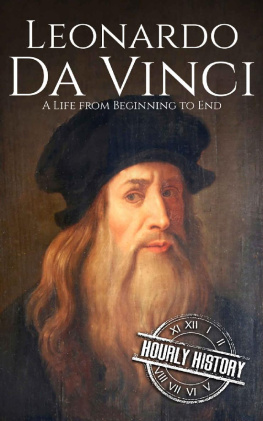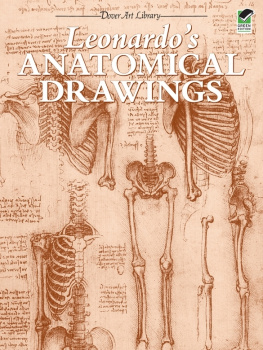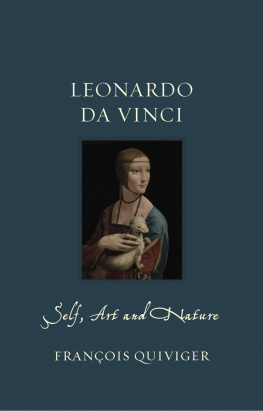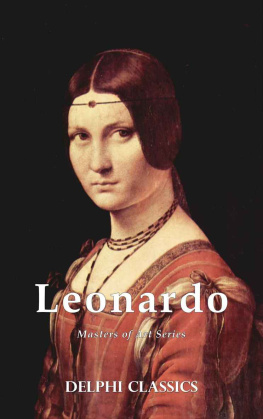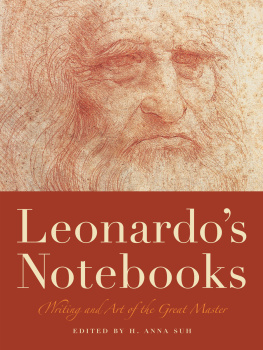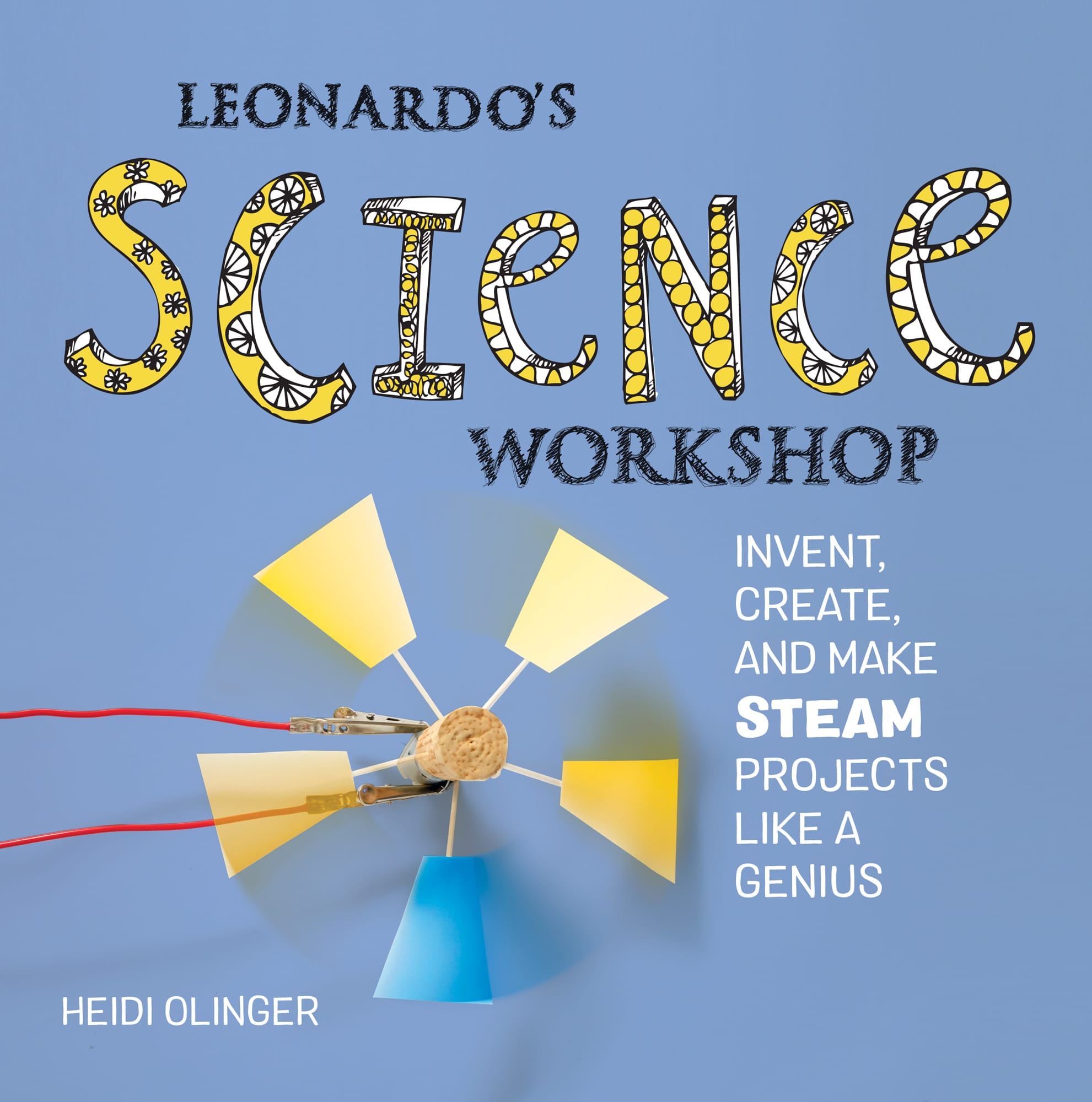Heidi Olinger - Leonardos Science Workshop: Invent, Create, and Make STEAM Projects Like a Genius
Here you can read online Heidi Olinger - Leonardos Science Workshop: Invent, Create, and Make STEAM Projects Like a Genius full text of the book (entire story) in english for free. Download pdf and epub, get meaning, cover and reviews about this ebook. year: 2019, publisher: Rockport Publishers, genre: Children. Description of the work, (preface) as well as reviews are available. Best literature library LitArk.com created for fans of good reading and offers a wide selection of genres:
Romance novel
Science fiction
Adventure
Detective
Science
History
Home and family
Prose
Art
Politics
Computer
Non-fiction
Religion
Business
Children
Humor
Choose a favorite category and find really read worthwhile books. Enjoy immersion in the world of imagination, feel the emotions of the characters or learn something new for yourself, make an fascinating discovery.

- Book:Leonardos Science Workshop: Invent, Create, and Make STEAM Projects Like a Genius
- Author:
- Publisher:Rockport Publishers
- Genre:
- Year:2019
- Rating:5 / 5
- Favourites:Add to favourites
- Your mark:
Leonardos Science Workshop: Invent, Create, and Make STEAM Projects Like a Genius: summary, description and annotation
We offer to read an annotation, description, summary or preface (depends on what the author of the book "Leonardos Science Workshop: Invent, Create, and Make STEAM Projects Like a Genius" wrote himself). If you haven't found the necessary information about the book — write in the comments, we will try to find it.
Leonardos Science Workshop leads children on an interactive adventure through key science concepts by following the multidisciplinary approach of the Renaissance period polymath Leonardo da Vinci: experimenting, creating projects, and exploring how art intersects with science and nature. Photos of Leonardos own notebooks, paintings, and drawings provide visual inspiration.
More than 500 years ago, Leonardo knew that the fields of science, technology, engineering, art, and mathematics (STEAM) are all connected. The insatiably curious Leonardo examined not just the outer appearance of his art subjects, but the science that explained them. He began his studies as a painter, but his curiosity, diligence, and genius made him also a master sculptor, architect, designer, scientist, engineer, and inventor. The Leonardos Workshop series shares this spirit of multidisciplinary inquiry with children through accessible, engaging explanations and hands-on learning.
This fascinating book harnesses childrens innate curiosity to explore some of Leonardos favorite subjects, including flight, motion, technology design, perspective, and astronomy. After each topic is explained with concepts from physics, chemistry, math, and engineering, kids can experience the principles first-hand with step-by-step STEAM projects. They will explore:
Insight from other great thinkerssuch as Galileo Galilei, James Clerk Maxwell, and Sir Isaac Newtonare woven into the lessons throughout.
Introduce vital STEAM skills through visually rich, hands-on learning with Leonardos Science Workshop.
Heidi Olinger: author's other books
Who wrote Leonardos Science Workshop: Invent, Create, and Make STEAM Projects Like a Genius? Find out the surname, the name of the author of the book and a list of all author's works by series.

